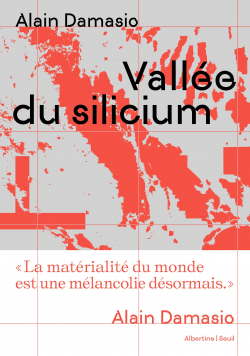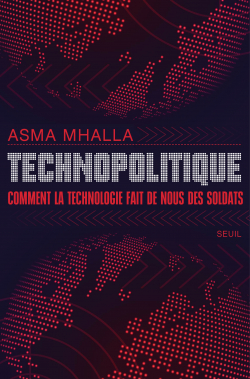Nicole de Brabandere (PhD, University of Arts, Linz) is an associate researcher at McGill University, Canada, and collaborator member at Hexagram. She is the editor of the forthcoming volume: Media, Practice and Theory: tracking emergent thresholds of experience, a collection of 10 chapters around concepts and practices of corporeality, articulation, and media, to be published by Vernon Press in spring, 2022. De Brabandere's PhD thesis was awarded the “Research Excellence Award” by the Austrian Federal Ministry of Education, Science and Research, an award which is given to the forty top doctoral dissertations in all of Austria, from all disciplines. De Brabandere has published numerous peer-reviewed articles on topics such as affect, creative practice, collaboration and media studies, and has presented talks, workshops and exhibitions in these topics at public and private venues internationally. In 2021 De Brabandere presented the short paper “Machine-Generated Portraits as Impersonal Gestures” for the International Symposium on Electronic Art (ISEA): Why Sentience? in 2021. The findings presented in this talk will be published in the experimental text “Co-composing the Perceptible across Affective, Painterly and Computational Generativities” for the special issue: Algo-rhythms, Kunstlicht Journal, Amsterdam, spring 2022.
Conference : Does painting machine-generated images open a spacetime of corporeal co-composition between humans and machines?
Friday 6 may 2022, 16h - 16h45 — Amphi orange
This talk presents findings detailing the emergent perceptibility of images created by the Generative Adversarial Network (GAN) of the website ThisPersonDoesNotExist.com. The machine-generated images sometimes achieve the photographic likeness of a person, but also make visible computational patterns that propose alternate organizations of form and ground, surface and substance, materiality and immateriality. What's more, images that initially appear to be objects signifying the real, upon close examination, have no single referential origin but are rather organized in strange configurations that traverse the photographic and computational. Through the careful study afforded by the process of painting these images, the appearance of referential figuration belies alternate generativities, where, for example, the appearance of depth-of-field or over-exposure is revealed as the substance of hair or cloth. While GAN renderings are generated in milliseconds, painting them offers an expanded temporality with which to engage their heterogeneous and transversal constitution. This in turn reconfigures the sense of facticity (and corresponding affects pitting subjects against objects) conjured by the photographic instant. The findings presented in this talk thus signal openings to engage and develop a felt sense of co-composition with the machine-generated image that traverses the human and machine.

Luc De BrabandereAlain Iny
Note moyenne : /5 (sur 0 notes)
Note moyenne : /5 (sur 0 notes)
Résumé :
Pour devenir plus créatif et parvenir à LA bonne idée, il ne suffit pas de simplement penser en dehors des cadres. Le vrai défi consiste à construire de nouveaux cadres. Si la plupart des organisations ne parviennent pas à réaliser de sauts imaginatifs suffisants pour s'assurer un succès à long terme, ce n'est pas faute d'idées nouvelles, mais plutôt parce qu'elles ne savent pas en tirer tout le potentiel.
Pour retrouver la pleine puissance de la pensée créa... >Voir plus
Pour retrouver la pleine puissance de la pensée créa... >Voir plus
étiquettes
Ajouter des étiquettes
Que lire après La bonne idée existe : 5 étapes essentielles pour la trouverVoir plus

Le petit livre pour investir avec bon sens : Le seul investissement vous garantissant une part équitable des rendements du marché
John C. Bogle
4.10★ (52)

Comprendre les obligations de reporting ESG de l'entreprise : Maîtriser l'avenir
Alexandre Goffinet
5.00★ (3)
critiques presse (1)
Cinq étapes essentielles pour la trouver », rédigé par deux experts du Boston Consulting Group, se distingue par son pragmatisme et sa volonté de donner une méthode claire et facilement applicable dans tout type d'organisation.
Lire la critique sur le site : LesEchos
Videos de Luc De Brabandere (4)
Voir plusAjouter une vidéo
Les plus populaires : Non-fiction
Voir plus
Les Dernières Actualités
Voir plus
Autres livres de Luc De Brabandere (22)
Voir plus
Quiz
Voir plus
Le comte de Monte Cristo
Où se déroule l'action au début du livre?
A Marseille
A Paris
En Espagne
A Toulon
A Nice
22 questions
228 lecteurs ont répondu
Thème : Le Comte de Monte-Cristo : Intégrale de
Alexandre DumasCréer un quiz sur ce livre228 lecteurs ont répondu







































